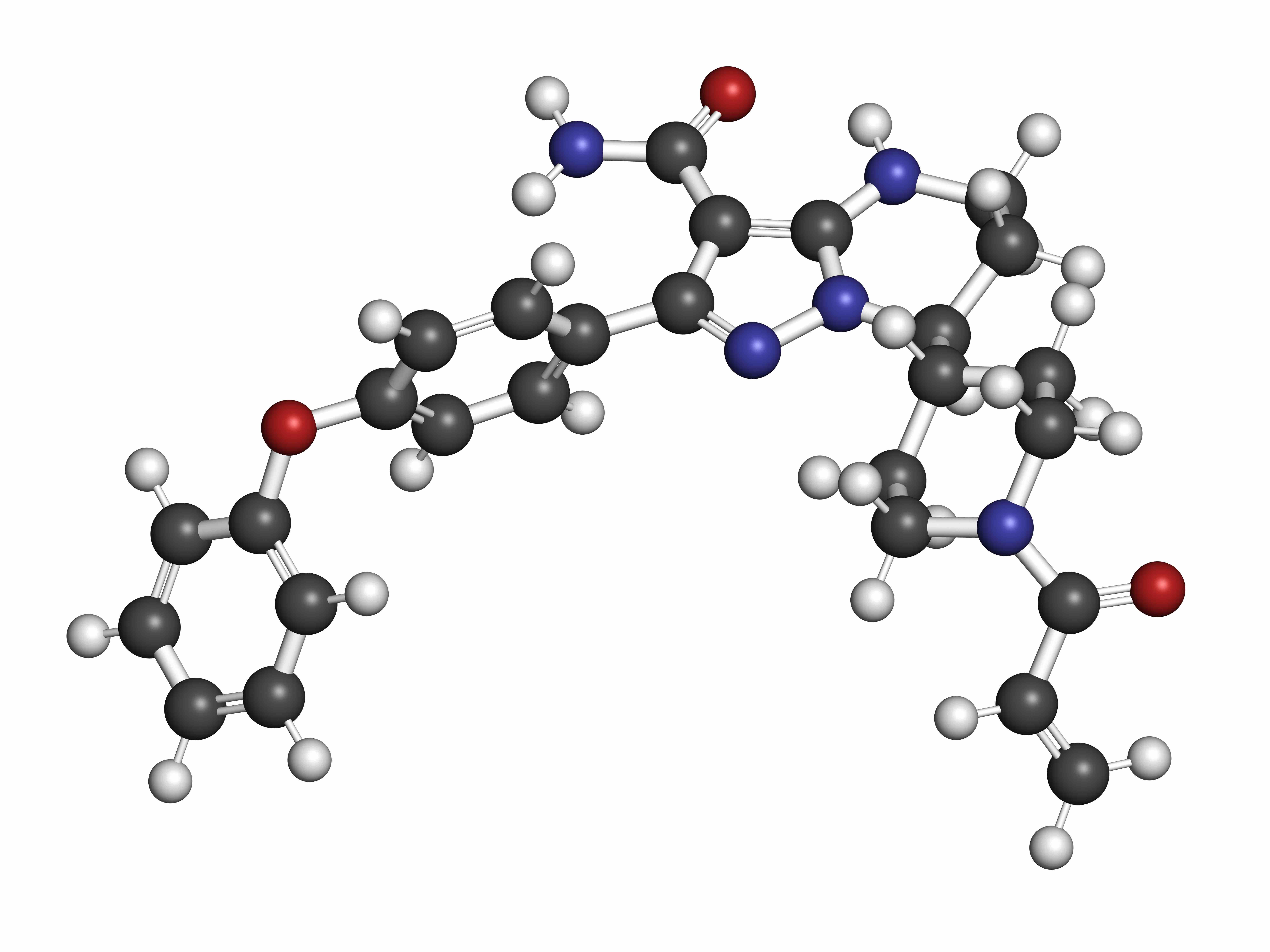Article
Hepatitis B More Prevalent in Patients With CLL Than Those With MM
Author(s):
New research casts doubt on the notion that hepatitis plays a role in the development of multiple myeloma (MM), finding that the virus is actually more common in chronic lymphocytic leukemia (CLL).
Patients with chronic lymphocytic leukemia (CLL) are more likely than patients with plasma cell disorders to be positive for hepatitis B virus (HBV), according to a new study.
The research also showed that seroprevalence of HBV, hepatitis C (HCV), and HIV were low in patients with plasma cell disorders. The results were published in the journal Medicine.
Both HBV and HCV are hepatropic and lymphotropic viruses and can proliferate in lymphocytes and monocytes or hepatocytes, explained corresponding author Duygu Mert, MD, of the Ankara University Institute of Health Sciences, in Turkey. The viruses are known to be involved in the etiology of various cancers, and so the investigators wanted to understand the extent to which they coincided with plasma cell disorders, as well as CLL.
To study the question, the authors constructed a retrospective analysis of patients who had sought treatment in their hospital’s multiple myeloma (MM) outpatient unit between 2012 and 2019 for treatment of a plasma cell disorder. A total of 231 such patients were included in the study. In addition, 272 patients with CLL who sought treatment in the hospital’s leukemia outpatient unit were analyzed. Both patient groups were approximately 60% male. The mean age of the patients in the plasma cell disorder group was 59.93; those in the CLL group had a mean age of 64.37. The investigators then compared seropositivity rates for HBV, HCV, and HIV among the cases.
The vast majority of patients (97.8%) with plasma cell disorders were negative for hepatitis B surface antigen (HBs Ag). Among patients with CLL, 92.8% were HBs Ag-negative, but 7.2% (17 patients) were positive. No statistically significant relationship was found between disease groups in terms of Anti-HBs, Anti-HBc IgM and Anti-HBc IgG positivity (P > .05). However, when it came to HBe Ag, all patients with plasma cell disorders were negative, but 7.9% of patients with CLL were positive.
Earlier research has suggested that patients with immunosuppression or who were exposed to certain environmental factors might be at higher risk of MM. Thus, patients with HIV or AIDS would be at risk of MM. Similarly, Mert and colleagues wrote that patients with hepatitis were thought to be at higher risk of MM; conversely, the current study suggested a link between hepatitis and CLL, rather than MM.
The investigators wrote that hepatitis is not believed to play an important role in the pathogenesis of CLL, which is why they chose to include patients with CLL in their study, to act as a control group. Doing so led to the finding that hepatitis is less prevalent in plasma cell disorders, which suggests a lack of a role for hepatitis in the development of those disorders, they said.
“In our study seropositivity of hepatitis is lower in patients with plasma cell disorders,” they said. “So that we can assume that plasma cell disorders may not be related with hepatitis.”
The authors said the next step in the research would be to compare rates of hepatitis among those plasma cell disorders to hepatitis rates among a healthy control group. Such a comparison, they said, might get to a more accurate portrait of the comparative incidence of hepatitis within that patient group.
Reference
Mert D, Merdin A, Çakar MK, Dal MS, Altuntaş F. Evaluation of HBV, HCV, and HIV seroprevalence in patients with plasma cell disorders. Medicine (Baltimore). Published online August 21, 2020. doi: 10.1097/MD.0000000000021799




